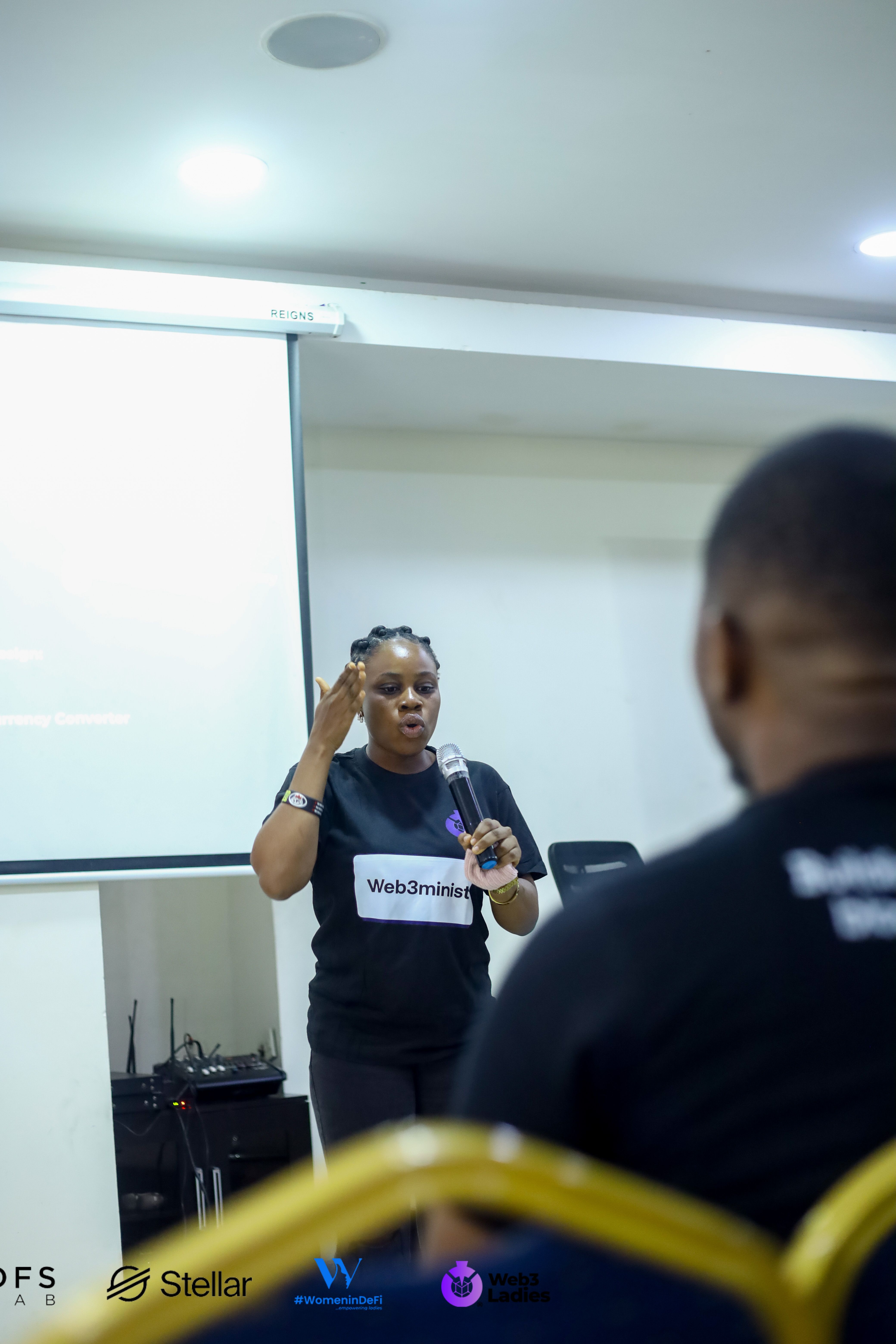527 reads
How ICP's Chain Fusion Technology Enhances Decentralized AI Models
by
September 25th, 2024
Audio Presented by
Story's Credibility



About Author
|
Technical Writer @Directorate Of Research, Innovation & Development Centre(UNIBEN)
Technical Content Writer

